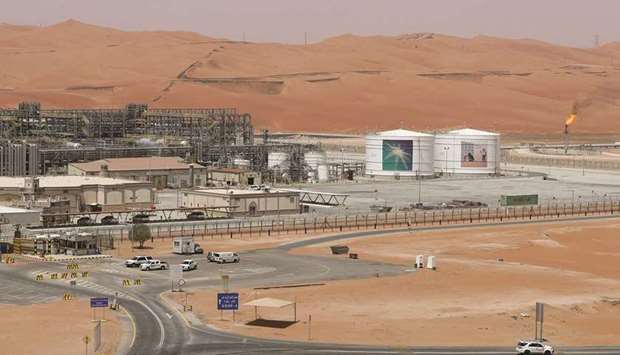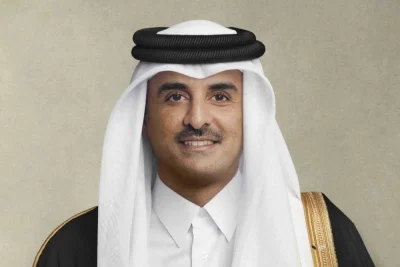Saudi Arabia raised pricing for its crude for shipment to Asia and the US next month after Opec+ extended oil supply constraints, pointing to a tightening physical market.
The world’s biggest crude exporter is boosting pricing for barrels sold eastwards to the highest levels since just before the kingdom unleashed a brief price and supply war a year ago. It suggests Saudi Arabia sees demand growth continuing even after Thursday’s shock Opec+ decision to keep oil supply largely unchanged sent Brent crude higher.
State-owned oil producer Saudi Aramco increased pricing for Arab Light crude for Asia, its largest regional market, by 40 cents a barrel to $1.40 more than the benchmark. Ahead of last week’s Opec+ surprise, Aramco had been expected to keep pricing for the grade unchanged, according to a Bloomberg survey of traders and refiners.
“There’s definitely still more demand than last year” in China, the top crude importer, said Mike Muller, head of Asia at the world’s largest independent trader Vitol Group. There’s also a chance for further increases globally as the “demand growth outlook includes pent-up demand for summer travel,” he said Sunday during an online discussion hosted by consultancy Gulf Intelligence.
After maintaining prices to Asia at an eight-month high for the past two months, the premium for Arab Light crude rose to the highest since March 2020. Aramco raised prices for all other grades to Asia except for its Arab Heavy crude, which remained unchanged.
Oil markets were shocked when Saudi Arabia’s Ras Tanura crude export terminal, the world’s largest, was targeted by missile strikes on Sunday evening. The attack was claimed by Houthi rebels and pushed global benchmark above $71 a barrel for the first time since January 2020.
The Organization of Petroleum Exporting Countries and allies including Russia decided at a meeting on March 4 that they would be sticking with output cuts that have buoyed the market so far this year. The Saudi pledge to extend a unilateral 1mn barrel-a-day cut through at least April also helped consolidate gains.
The world’s biggest oil exporter had intended to boost production next month by adding back the 1mn barrels a day of oil that it unilaterally slashed for February and March. Instead, the kingdom took the path of greater caution, not risking an erosion in price gains if demand in virus-hobbled economies eases.
The exception to the decision was Russia, which will be able to add some production next month. Aramco is cutting pricing to Europe, where its barrels largely track the cost of Russian Urals crude. Russia wants to add production to prevent US producers from adding output and capturing market share.
Still, the Saudis aren’t concerned US shale oil producers will move to capitalise on current higher prices and Aramco boosted most of its pricing to the US.
“‘Drill, baby, drill’ is gone for ever,” Saudi Energy Minister Prince Abdulaziz bin Salman said after the Opec+ meeting.
“Shale companies are now more focused on dividends,” he told Bloomberg News in an interview after the Opec+ meeting. “They have had their fair share of adventure and now they are listening to the call of their shareholders.”

A view of the production facility at Saudi Aramco’s Shaybah oilfield in the Empty Quarter (file). Aramco has increased pricing for Arab Light crude for Asia, its largest regional market, by 40 cents a barrel to $1.40 more than the benchmark.


